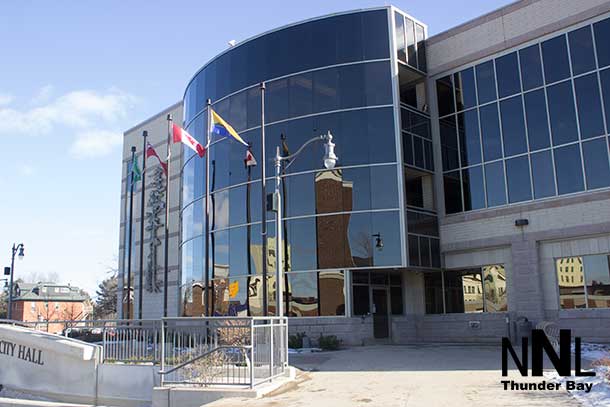THUNDER BAY – INSIGHT – We often talk about cities needing to change their current development pattern, but we usually offer gentle suggestions intended to prod towns in the right direction a little at a time. What if we attacked this problem head-on instead?
For municipalities that want to become Strong Towns, here’s a list of what I see as the highest impact actions (not in any particular order) that would help restore a productive development pattern. This is a generic list, not tailored to any specific community, but the actions on this list would apply to the majority of North American towns.
10 STEPS TO A STRONG(ER) TOWN
1. Don’t issue any new bonds until the city’s current debts are fully paid off.
There is such a thing as responsible debt, but we’ve drifted so far away from this culturally that we would be better off quitting cold turkey for a while and getting debt-free for once before carefully re-evaluating the role of debt in the operation of a city. Read more about the problem of debt.

No one needs this much parking. Get rid of laws that mandate it.
2. Don’t accept unfunded maintenance obligations.
This applies most to state and federal “economic development” projects and local developments. The expectation for new development should be that the first-wave breaks even and all subsequent intensification produces wealth. If a project won’t pay its full cost of services today, don’t do it. Learn more about the Growth Ponzi Scheme.
3. Throw out your parking ordinances.
No parking ordinance is better than no parking ordinances. Allow on-street parking everywhere, and use parking meters as needed to limit on-street congestion in high-demand areas. Let the market figure out the off-street supply and demand balance. Learn how you can end parking minimums in your town.
4. Don’t permit greenfield development when existing infrastructure is highly underutilized.
Almost every city has a section of town with streets and sewers surrounded by vacant lots or abandoned buildings. As long as there are big chunks of your town like this, there’s no reason to issue building permits for new infrastructure. Read about the big box development problem here.
5. Require buildings to front the street.
That means no parking lots in front of buildings. The ground floor has to be inhabitable, parking can be beside or behind the building, but there has to be a “front door” that lets pedestrians enter the building directly from the street / sidewalk. Find out whether your city is #PedestrianUnfriendly.
6. Dramatically simplify your zoning.
First, just throw out your entire zoning ordinance because it’s surely horrible. Then try replacing it with just four zones: Heavy Industrial, Mixed-Use, Restricted Residential, and Restricted Agricultural / Natural. Read more about zoning.
7. Dramatically simplify your traffic hierarchy.
Instead of several different tiers of Arterials, Collectors, and Local streets, try just these three: Major Expressway -> Minor Highway -> Shared Space. Read more about traffic and congestion.

8. Stop building stroads.
In fact, it would be ideal if you could stop building any new roads until we, as a nation, came up with a better system for funding them. But at a minimum, build streets as platforms for wealth creation and oriented towards people; build roads as high-speed, limited-access connections between productive places. Nothing in between. Read more about our #NoNewRoads and #SlowtheCars campaigns.
9. Set a maximum block perimeter of 2000′ and enforce it.
This is enough to allow blocks of 800×200’, 600×300’, or 500x400x. Those are enormous blocks. There’s no reason to allow anything bigger than that by right. Bonus points: Actually create a master street plan for new development to follow.
10. Fire anyone on staff who believes the above is unworkable.
In today’s municipal world the professionals are a big part of the problem. There are plenty of good people out there who could work well within the constraints above. If the people in your city staff don’t think that’s possible, then the city needs new staff.
Each one of these actions marks a dramatic departure from the norm for most places. Take even one of these steps and your town is on its way to becoming stronger. Take them all and you might just have a truly strong town on your hands.
Want another way to assess your city’s strength and build a better place? Take the Strong Towns Strength Test.
Strong Towns is a national media nonprofit whose content reaches tens of thousands of readers and listeners every month. Our work has four main components:
- Daily written content – We publish award-winning daily articles on our website, covering topics related to our mission including transportation, land use, urban design, community resilience, and more.
- Weekly podcasts – Our Thursday podcast series features interviews with distinguished guests in the fields of urban planning, academia, public policy and more. Our “Week Ahead” podcast on Mondays provides updates on the Strong Towns movement.
- Events across the country – Strong Towns’ staff lead presentations, workshops and community gatherings across the country. See our calendarfor information about upcoming events.
- Friends throughout the world – Strong Towns is a member-supported organization. Become a member and you become part of the Strong Towns community.
A different version of this article was originally published in 2014.

